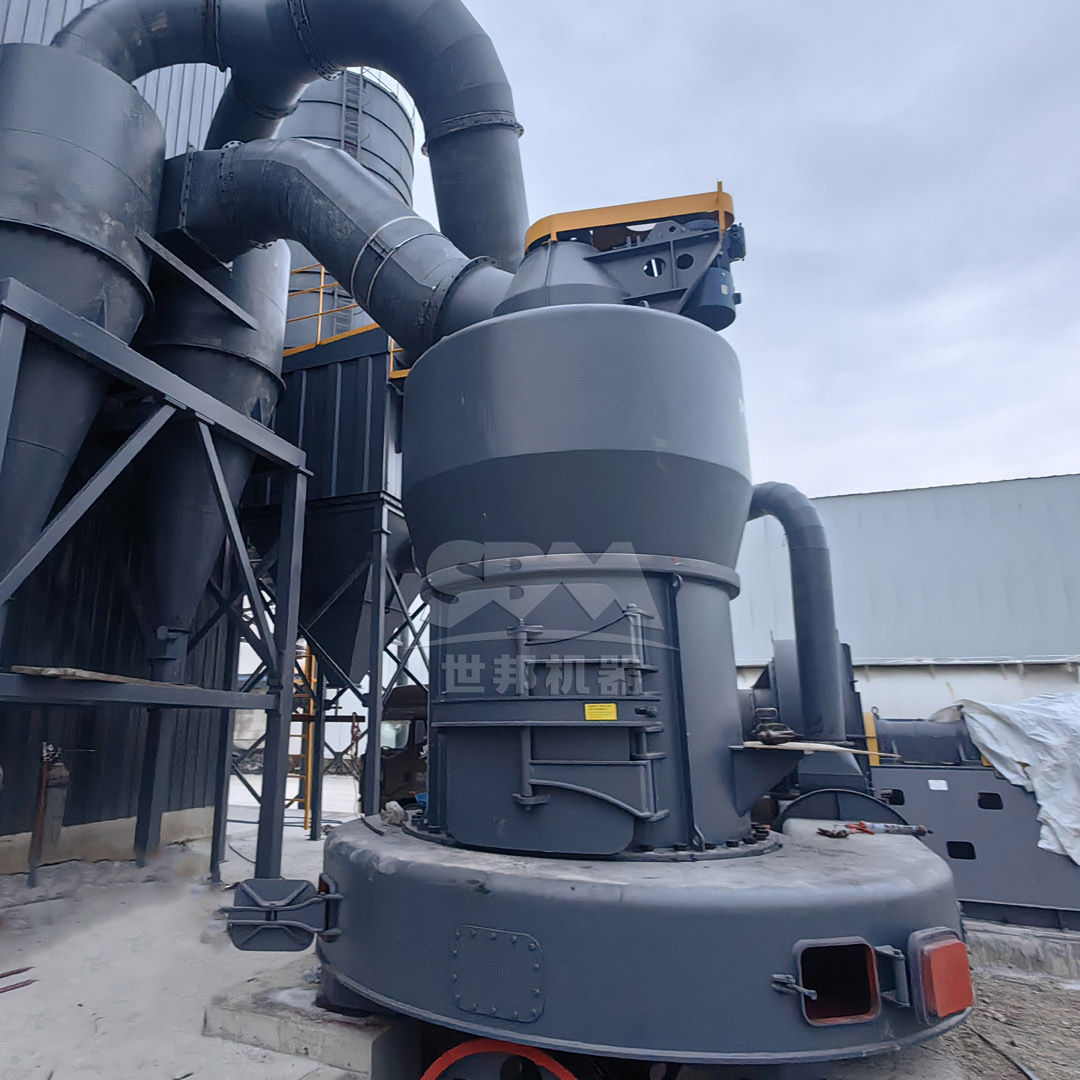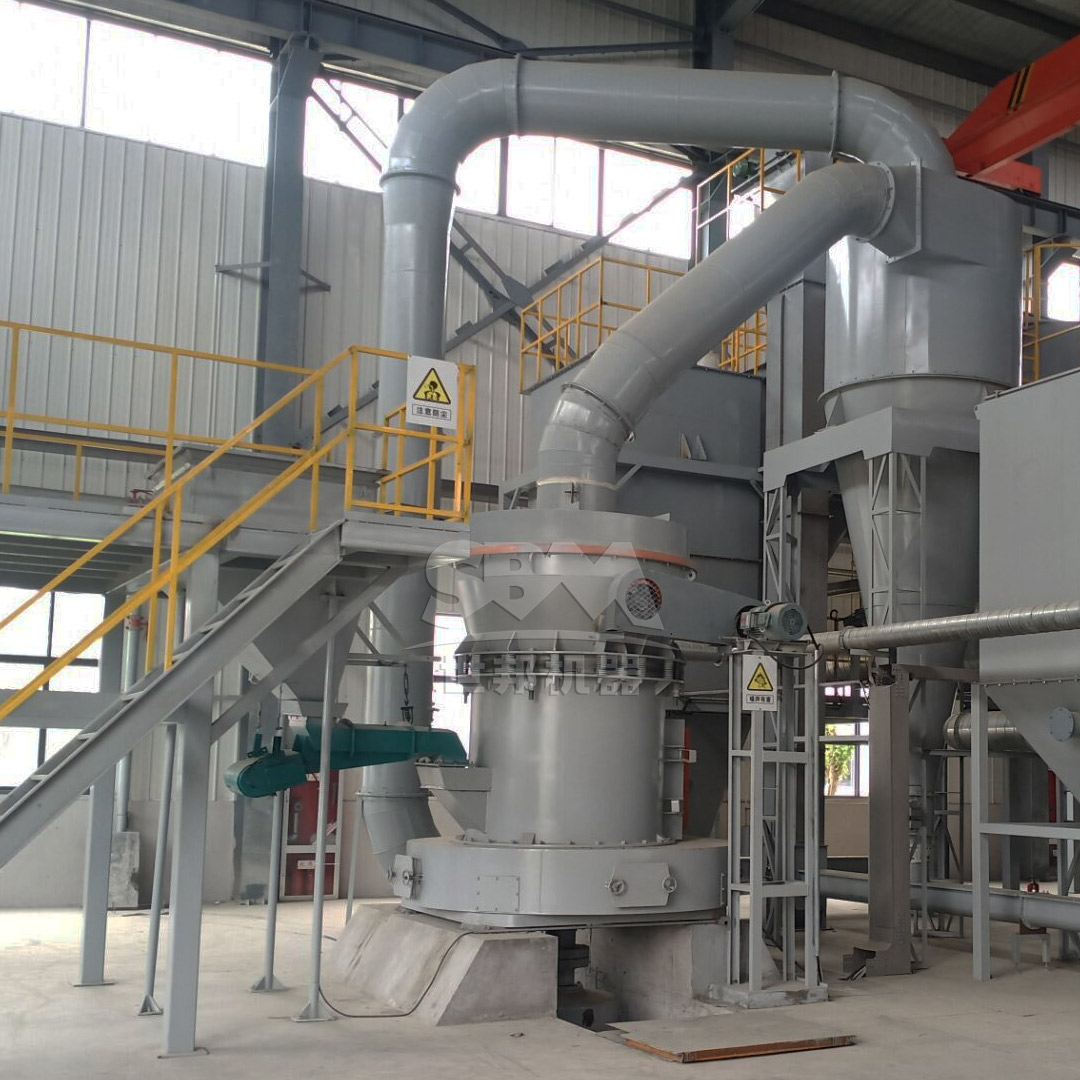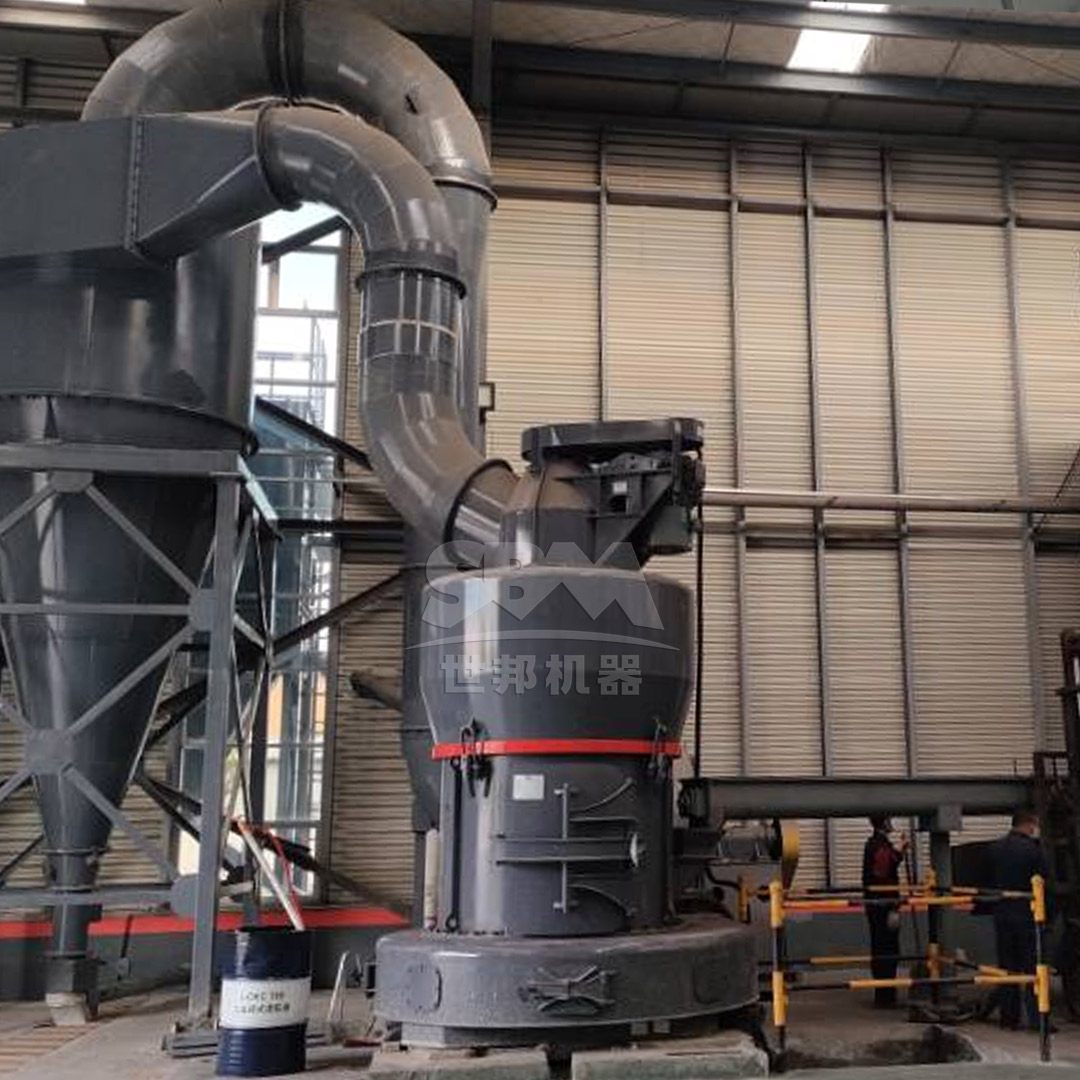The pursuit of superior performance in paints and coatings has driven the industry to focus intensely on the quality and characteristics of raw materials. Among these, calcite powder (calcium carbonate) stands out as a critical functional filler and extender. Its properties directly influence key aspects of the final product, including opacity, durability, rheology, gloss control, and cost-effectiveness. However, not all calcite powders are created equal. The journey from raw limestone to a high-performance powder is a complex process of comminution and classification, where the choice of grinding technology is paramount. This article explores the critical parameters for calcite in paint applications and how advanced milling solutions, such as our SCM Ultrafine Mill, are engineered to meet these demanding specifications.
Calcite is more than just an inert filler; it is a performance-enhancing additive. Its primary functions include:
To fulfill these roles effectively, the processed calcite must adhere to strict quality benchmarks:
| Parameter | Target for High-End Paints | Impact on Coating Properties |
|---|---|---|
| Top Cut (D100) | < 15-20 µm | Avoids film imperfections, ensures smooth finish |
| Median Particle Size (D50) | 2-10 µm (application dependent) | Balances opacity, gloss, and dispersion viscosity |
| Specific Surface Area (BET) | 2-10 m²/g | Directly affects oil absorption and binder demand |
| Brightness / Whiteness | > 92% ISO | Critical for color consistency and light shades |
| Residue on 45µm Sieve | < 0.01% | Indicates effective removal of oversize particles |
Achieving these targets consistently requires a grinding system capable of precise particle size control, high efficiency, and minimal contamination.

Traditional milling systems like ball mills or Raymond mills often struggle to meet the top-cut requirements for high-end coatings without sacrificing yield or energy efficiency. The goal is to apply sufficient energy to fracture the calcium carbonate crystals without generating excessive heat (which can degrade organic coatings sometimes present) or introducing wear contamination.
The most significant advancement lies in the integration of highly efficient grinding mechanisms with precise air classification technology. This allows for: 1) the continuous removal of product-sized material to prevent over-grinding, and 2) the sharp cut-point necessary to eliminate coarse particles that ruin surface finish.
Our SCM Series Ultrafine Mill is specifically designed to overcome the limitations of conventional mills for producing premium mineral powders. Its engineering is tailored for applications like paint-grade calcite where fineness, uniformity, and purity are non-negotiable.

Core Advantages for Paint Production:
| Model | Handling Capacity (ton/h) | Main Motor Power (kW) | Final Fineness (mesh) | Suitable Production Scale |
|---|---|---|---|---|
| SCM800 | 0.5 – 4.5 | 75 | 325 – 2500 | Pilot / Small Batch |
| SCM900 | 0.8 – 6.5 | 90 | Medium Batch | |
| SCM1000 | 1.0 – 8.5 | 132 | Standard Production | |
| SCM1250 | 2.5 – 14 | 185 | Large Scale Production | |
| SCM1680 | 5.0 – 25 | 315 | High-Volume Plant |
The transition towards higher-quality, more sustainable, and more durable paints and coatings is undeniable. For calcite processors and paint manufacturers, this means that investing in the right grinding technology is no longer optional—it is a strategic imperative. By moving beyond traditional milling to advanced, integrated grinding-classification systems like the SCM Ultrafine Mill, producers can guarantee a product that consistently meets the stringent demands of modern paint formulations. This not only enhances the performance of the final coating but also provides a significant competitive advantage through improved efficiency, lower operating costs, and a demonstrably superior product.
